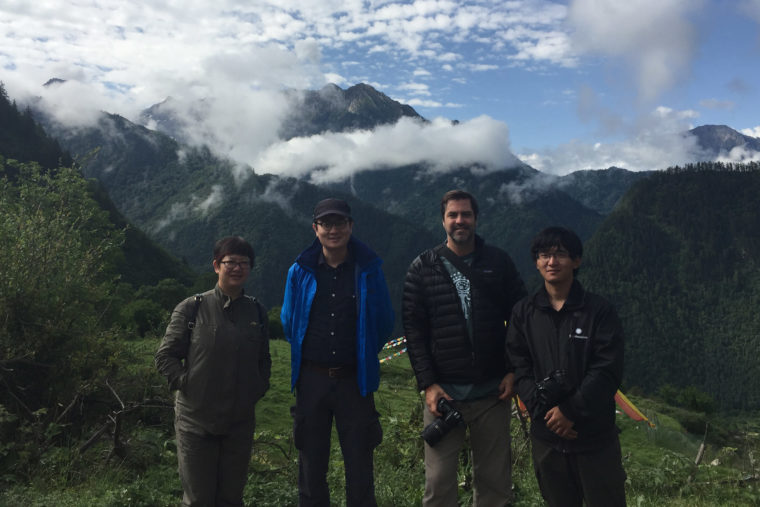A new collaborative research and teaching agreement between anthropology and archaeology programs at Washington University in St. Louis and Sichuan University in Chengdu, China, will expand student and faculty exchanges and increase cooperation in field and laboratory research, according to a memo of understanding signed April 25 by Washington University Provost Holden Thorp and Sichuan University Vice President Yan Shijing.
“The archaeological program at Sichuan is among the very best in China, and they are developing innovative projects coupled with cutting-edge research methods to do remarkable research that has global relevance,” said T.R. Kidder, the Edward S. and Tedi Macias Professor and chair of anthropology in Arts & Sciences. “Our faculty and graduate students will benefit greatly from the opportunities provided by this arrangement, and I look forward to deepening our collaborations across southwest China.”
Among Sichuan University dignitaries who traveled to St. Louis to sign the agreement are Huo Wei, who directs its museum, and Lu Hongliang, professor of archaeology. Wei said the agreement will “open a new chapter in China-U.S. collaborations in archaeological investigations to the mountainous regions of West China.” Hongliang said the partnership “will certainly promote the studies of prehistoric populations in mountainous China to a new level.”
Xiny Liu, assistant professor of anthropology at Washington University, said faculty and students from both universities already are working together to explore key questions about ancient subsistence, economy and other social processes in the hilly regions of southwest China. Ongoing collaborations include field excavations atHaimenkou in Yunnan Province; Zhaoguodong in Guizhou Province and Bangga in Tibet.
“The unique topography and hydrology of China’s southwestern highlands hold the key to understand a number of significant issues in Eurasian prehistory, including what agriculture and pastoralism is actually about,” Liu said. “We are thrilled to develop this project with our colleagues at Sichuan University.”
